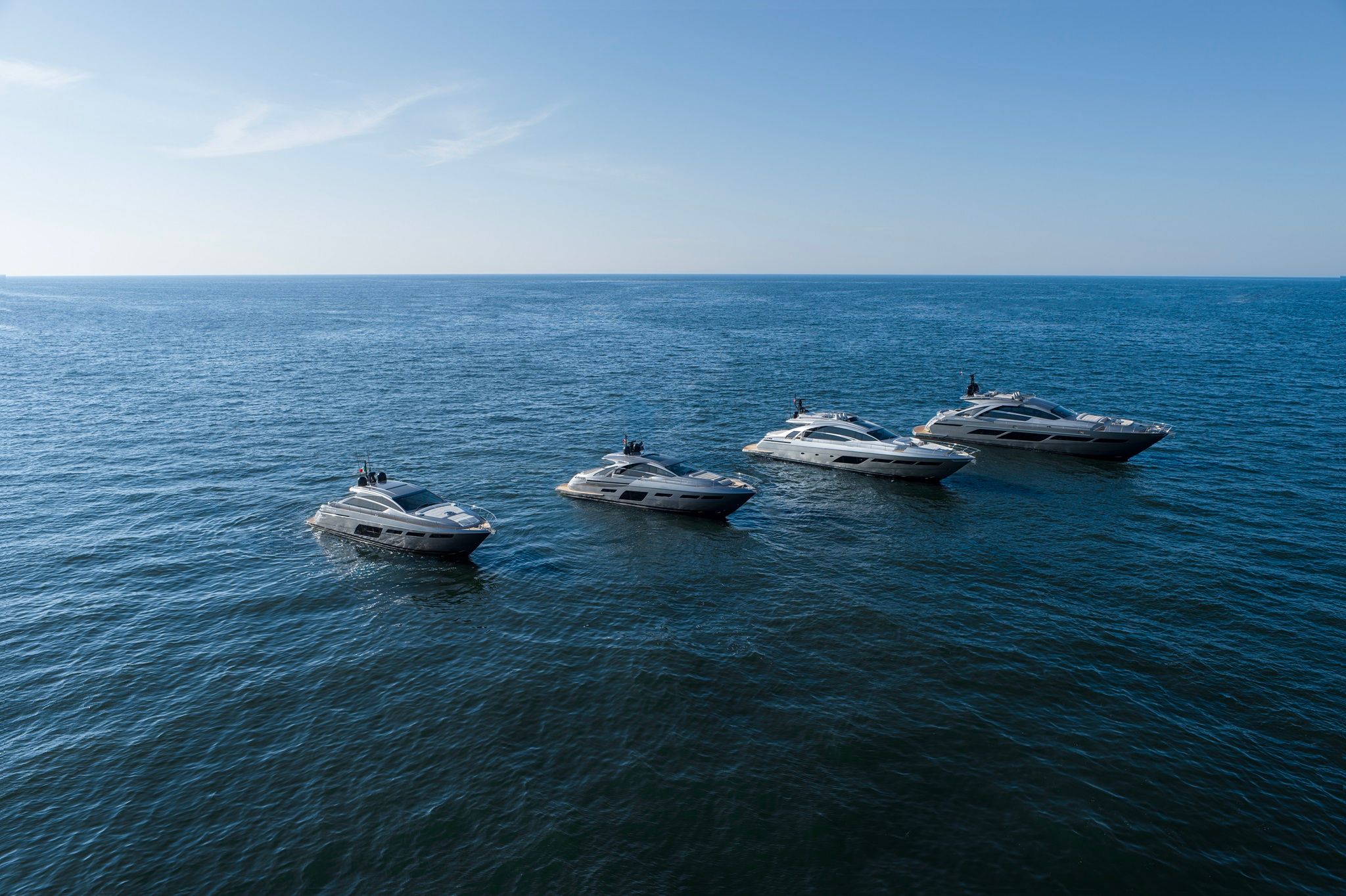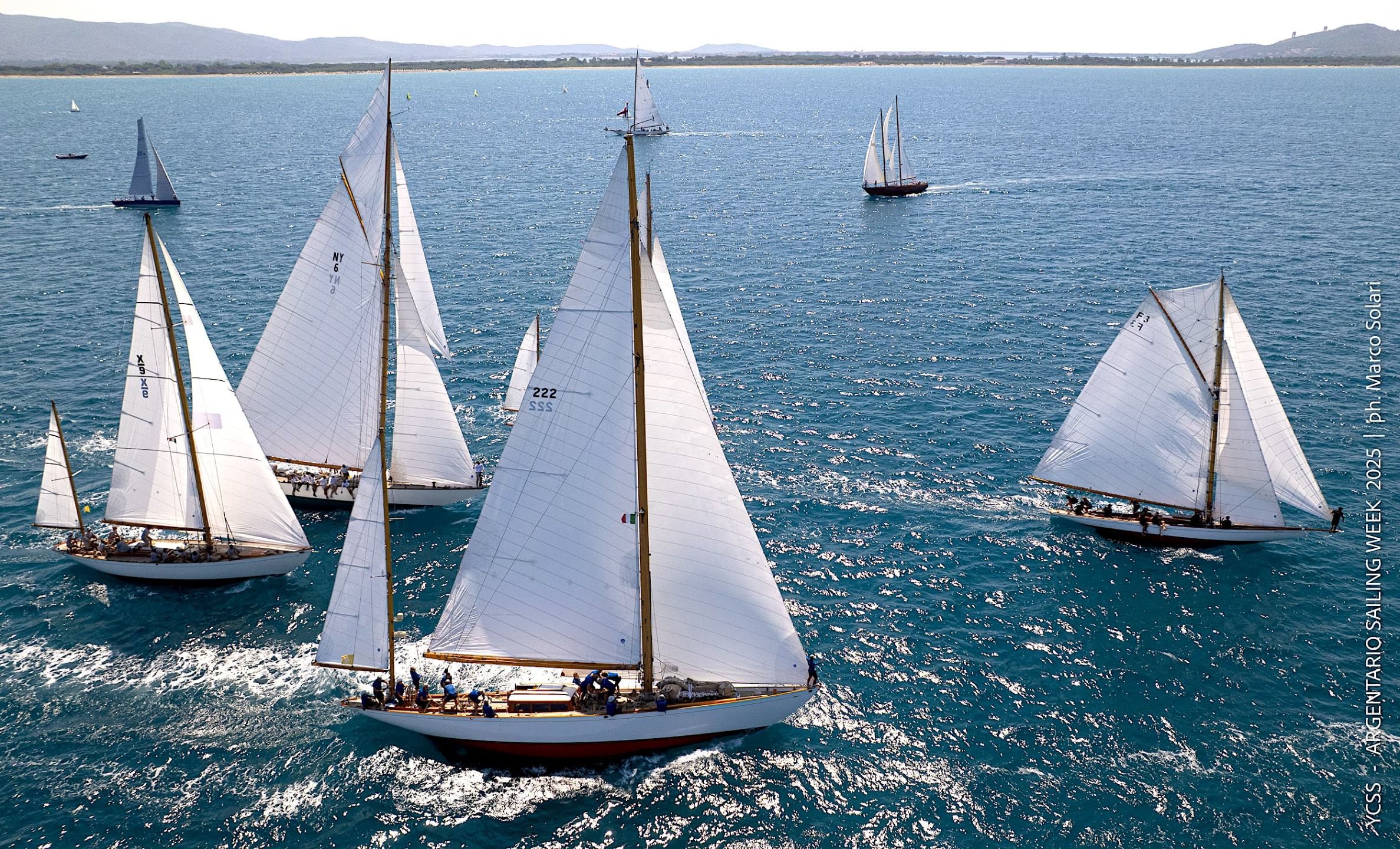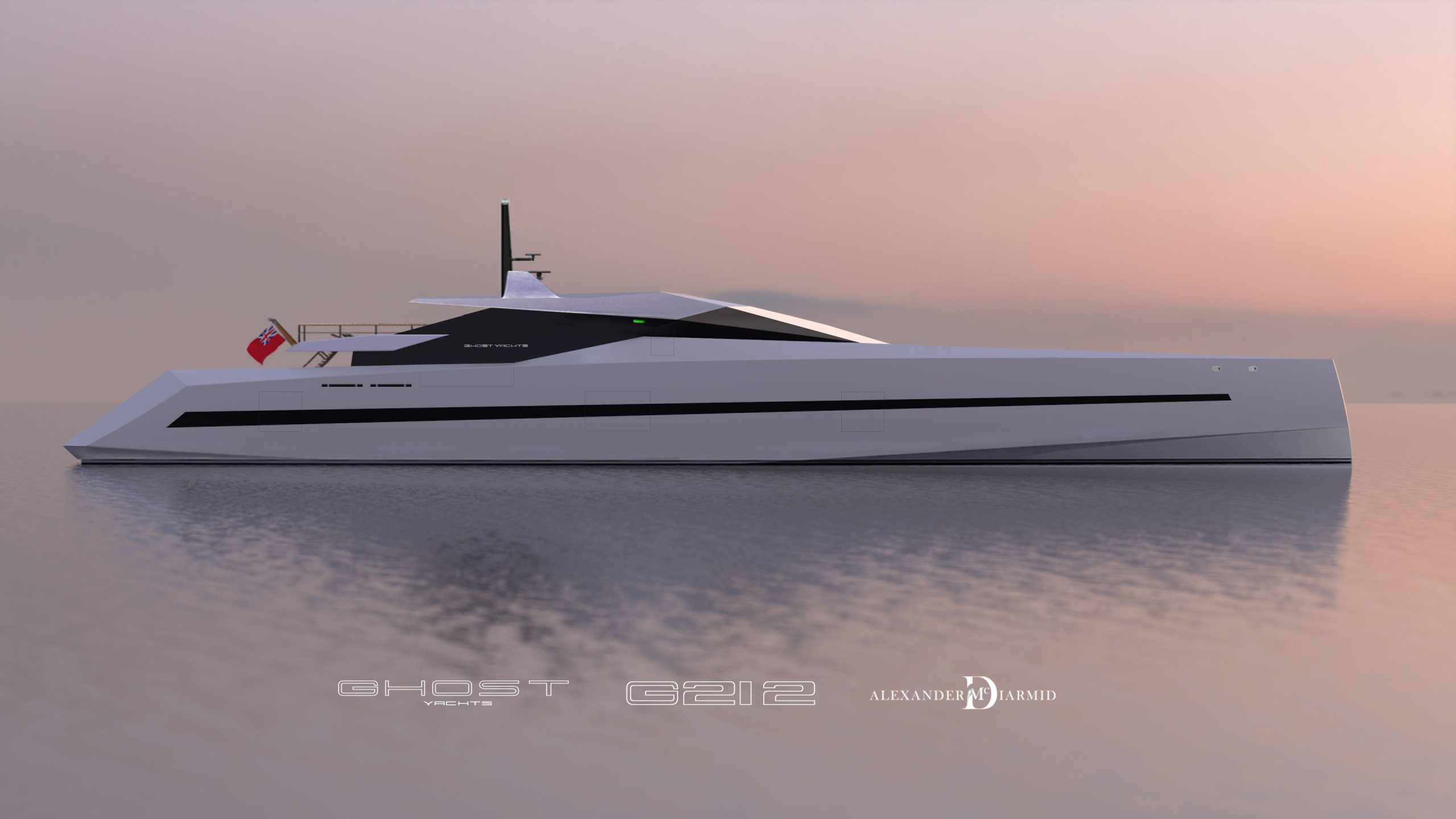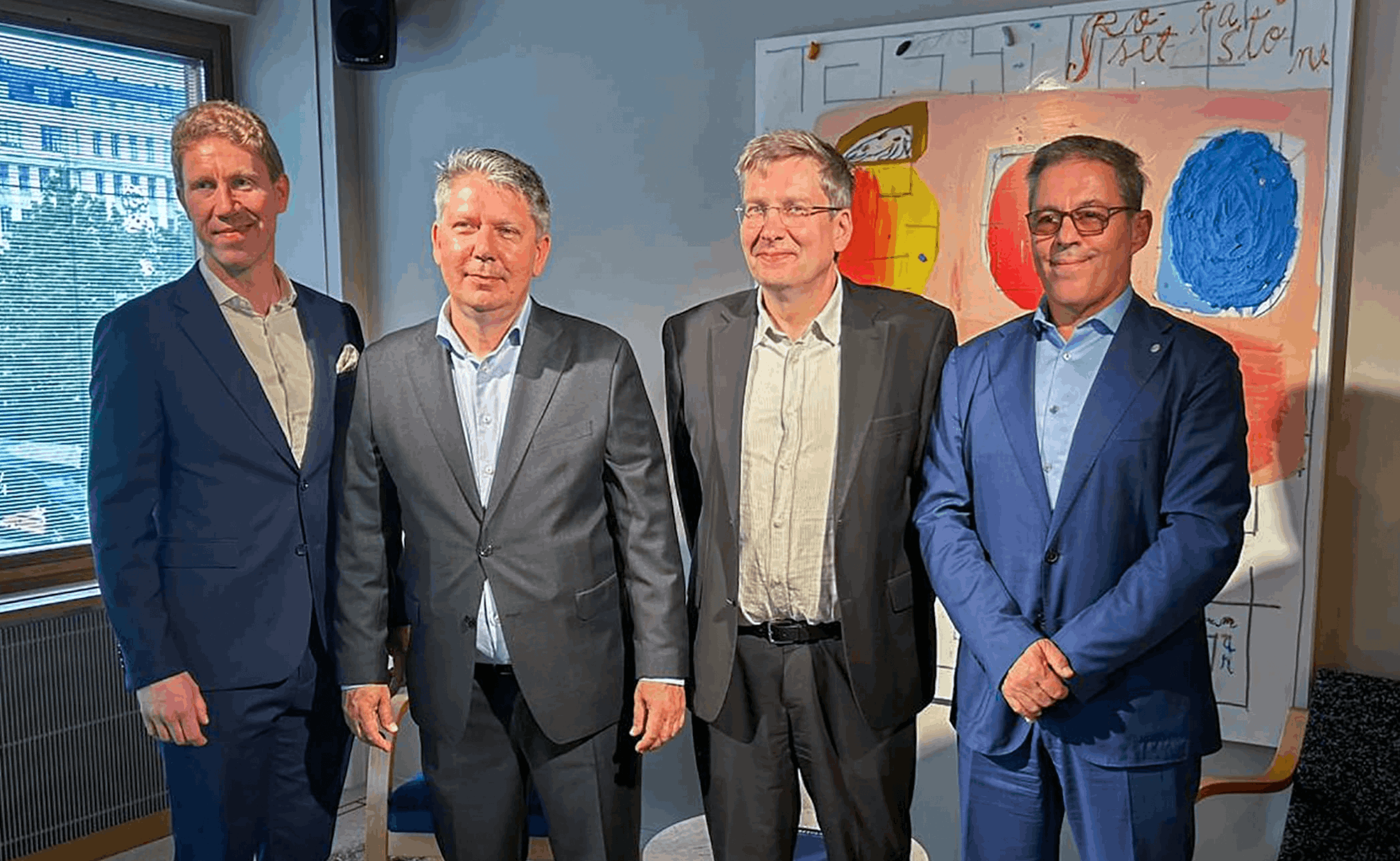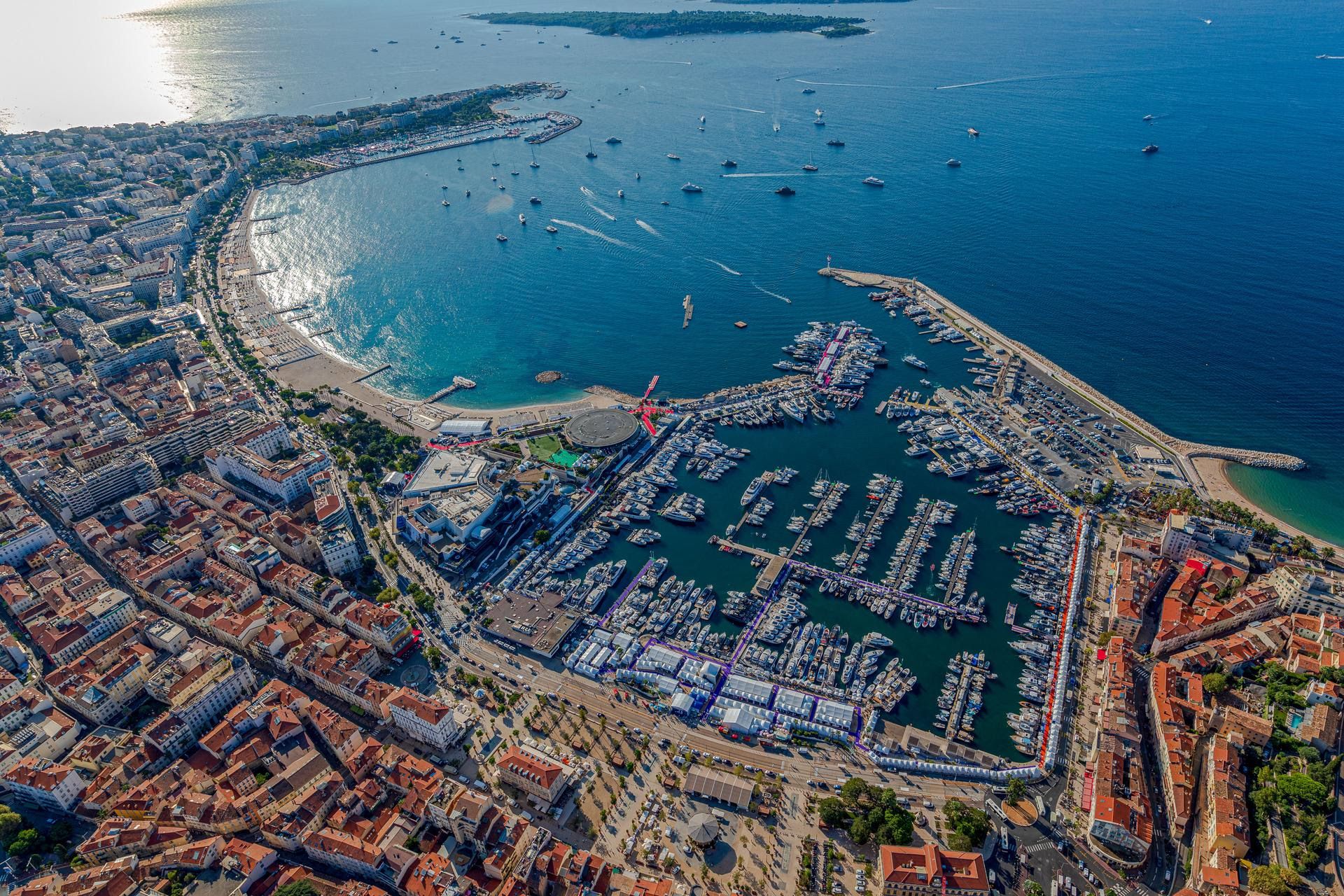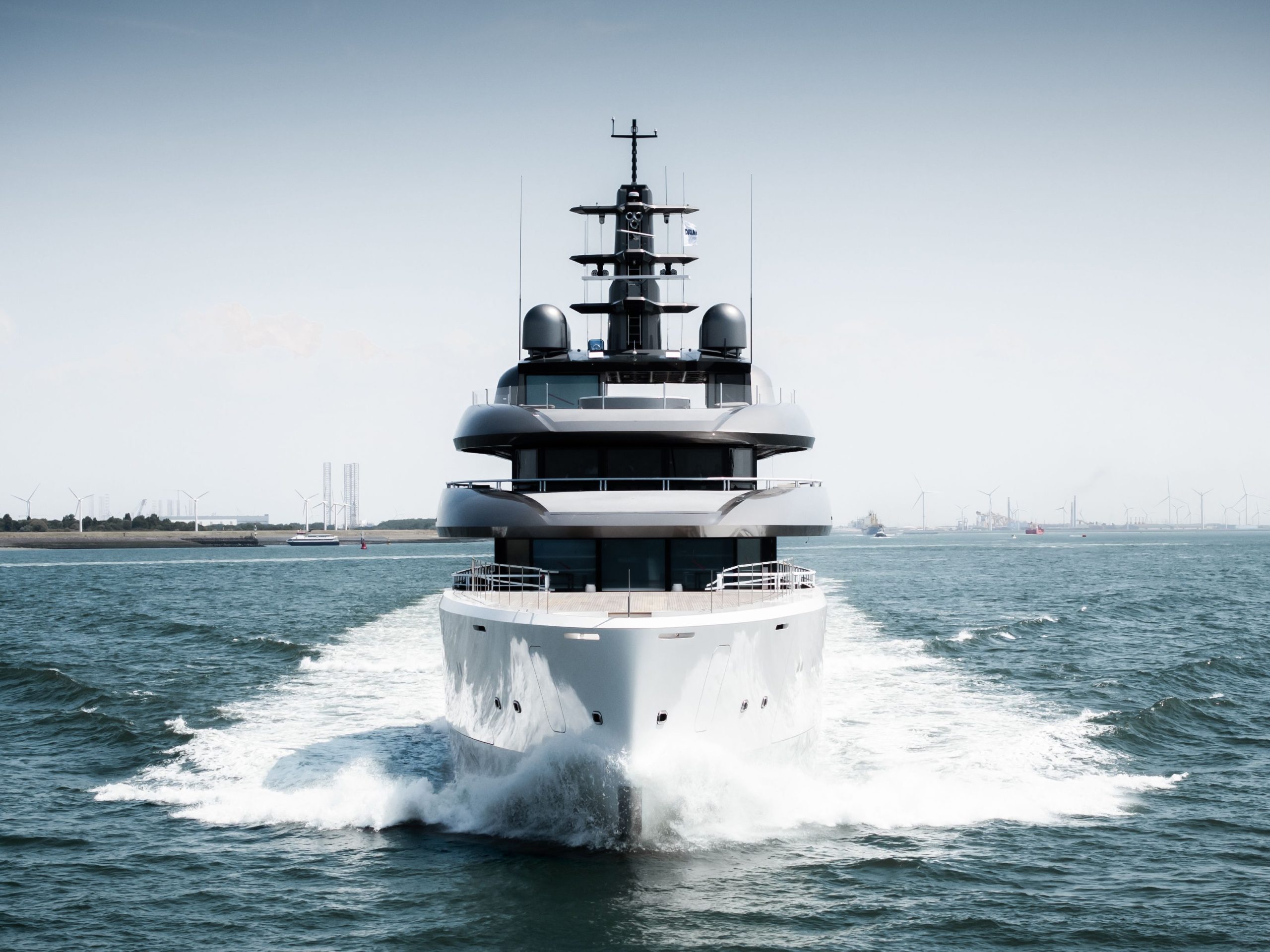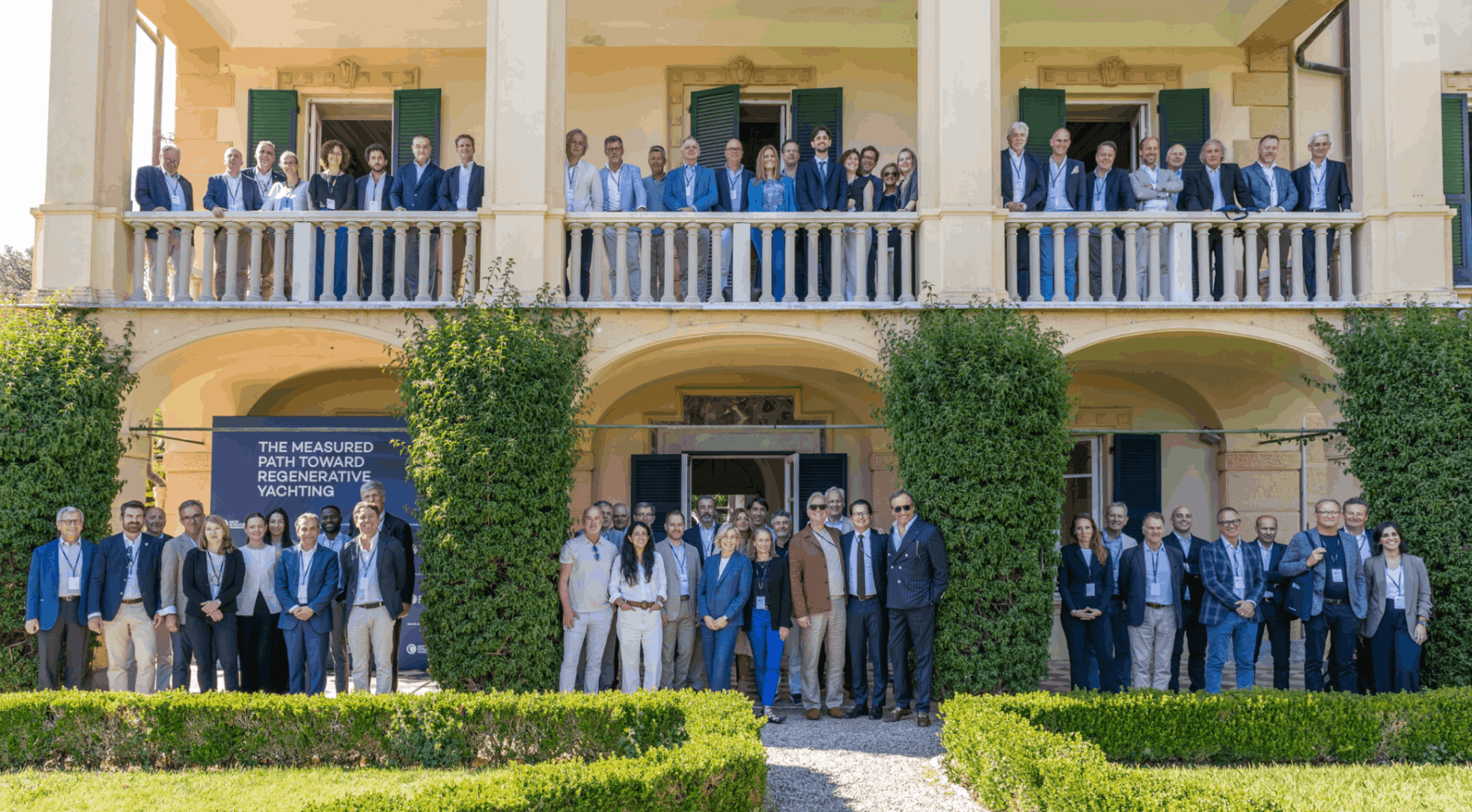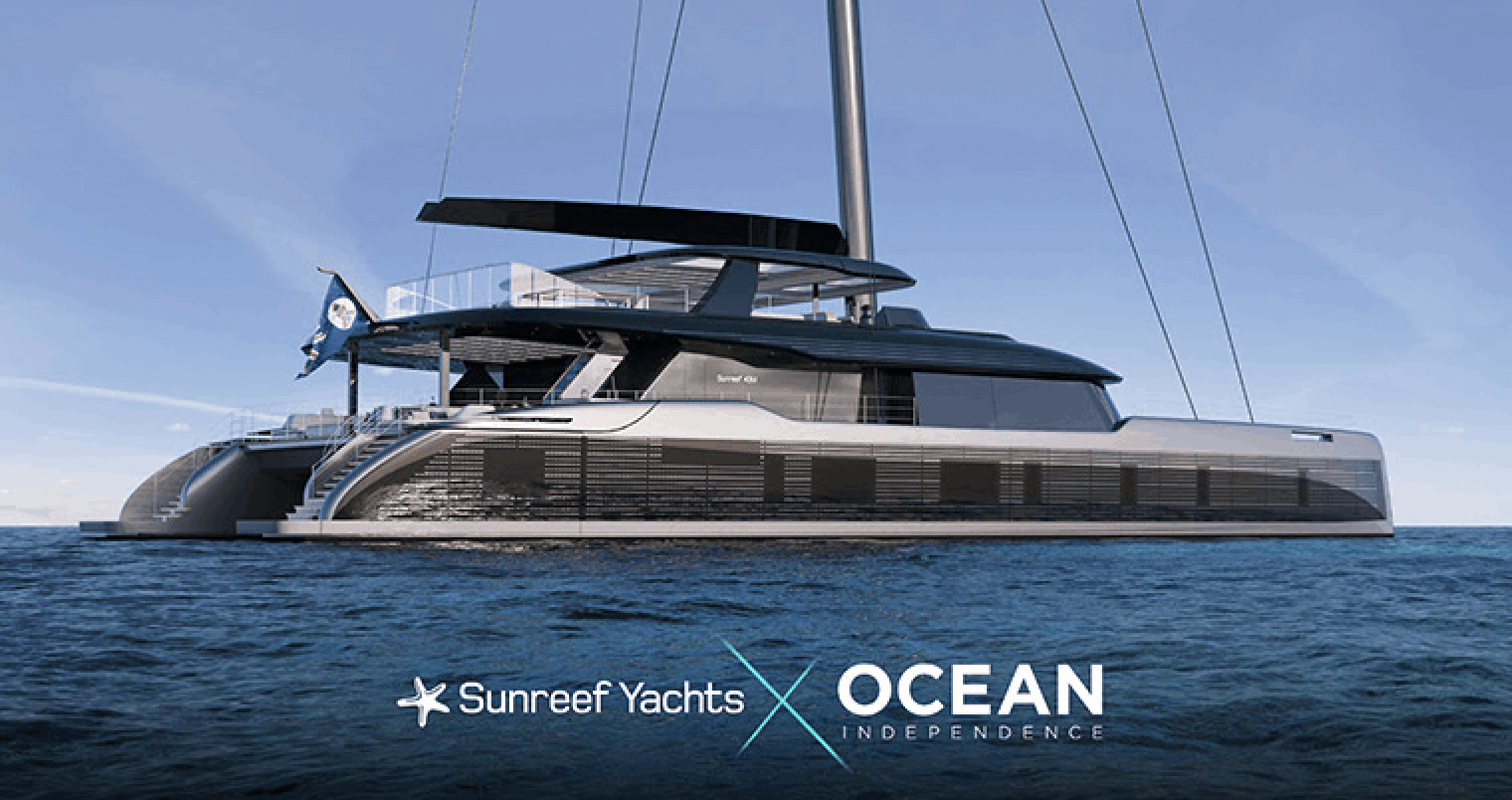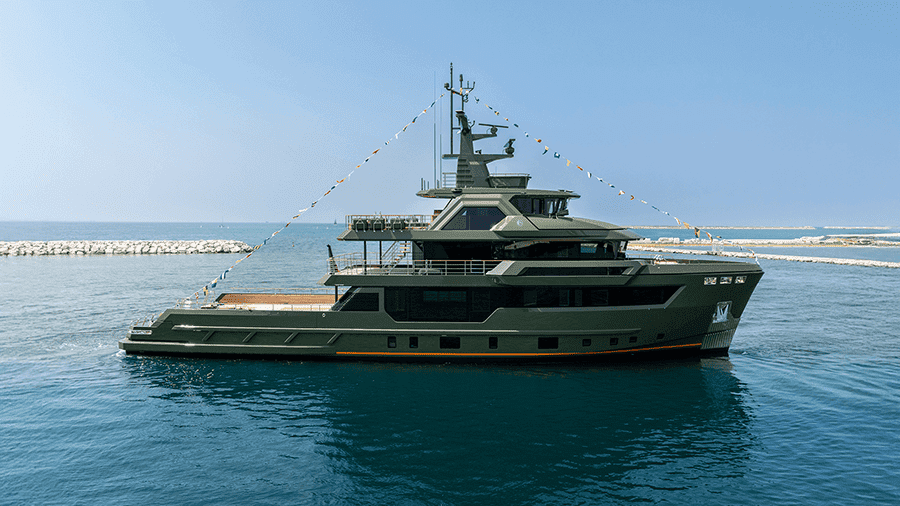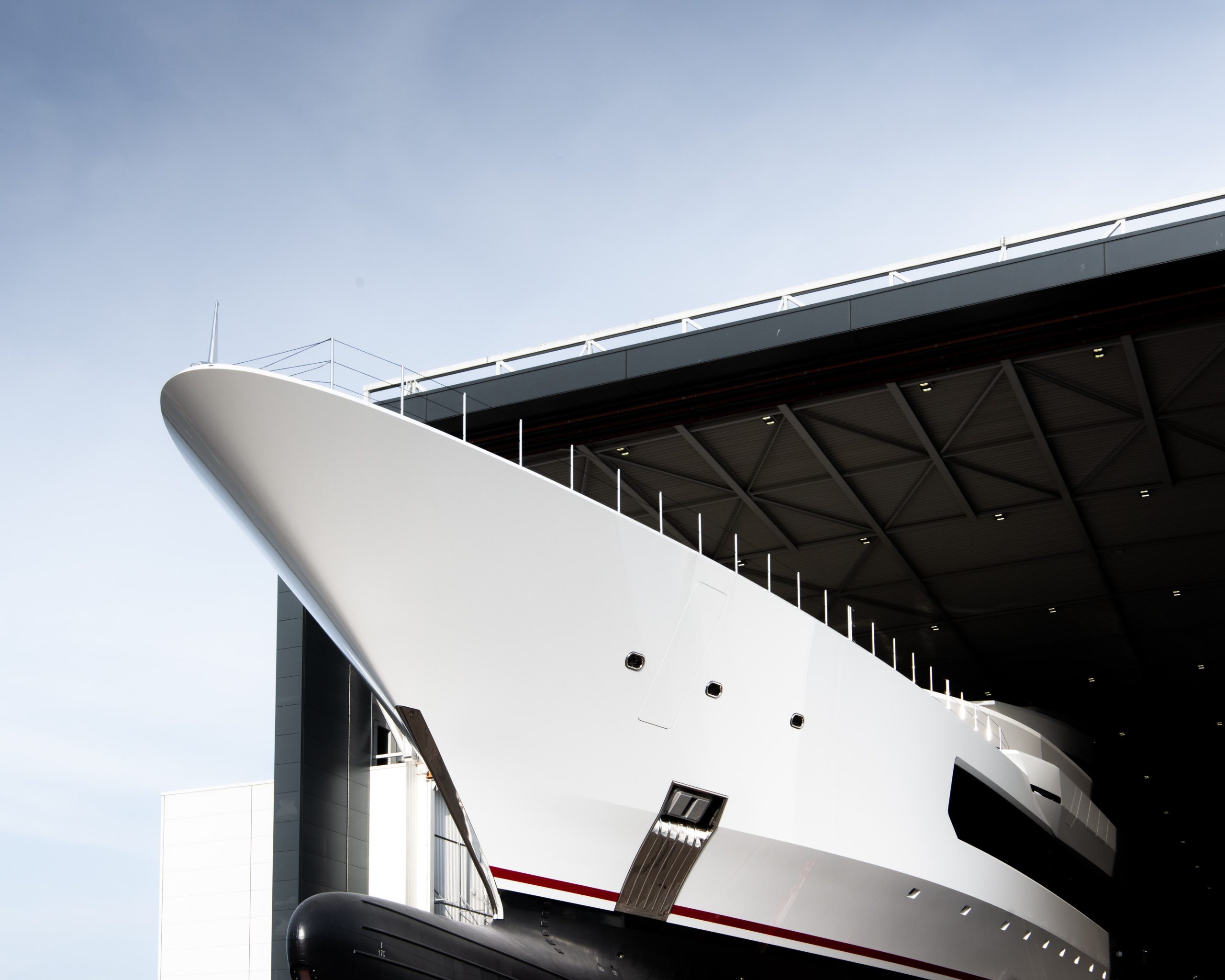Jacques Pierrejean: A First Class Designer
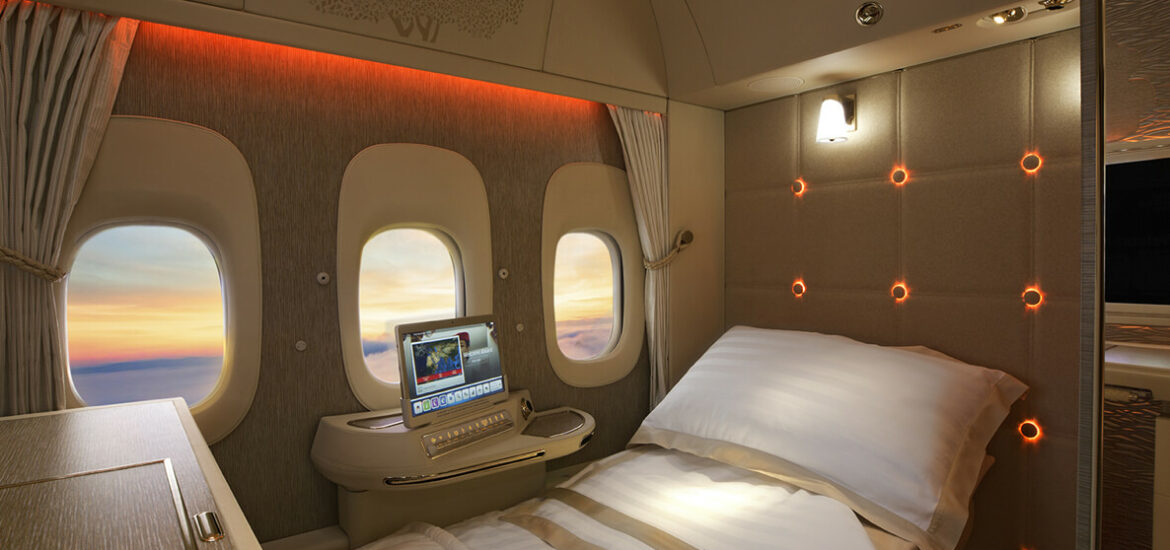
Building an exclusive experience into a long enclosed cylinder was never going to be easy. But firm constraints can often spark the creative fire in a designer.
It was 1998, and Emirates Airlines was calling – calling for a new design to their first-class seating area. The idea was bold: to invite first class passengers to feel as though they were flying in their own private jet, away from the commotion of the airplane, at ease in their own personal oases.
This was a new concept, and Jacques Pierrejean and his team were ready to take it on. Already harboring a deep understanding of aircraft design from decades of experience, they ended up developing a new notion: that of the Mini-Suite.
The idea was to have individual cabins that would ensure VIP passengers a privileged, peaceful ride. Included would be all the usual first-class amenities for men and women, the multi-functional seat that converted into a full bed, and of course the high-class service that the airline would provide; but now there would also be the privacy of one’s own personal cabin.
The Mini-Suite, named by Jacques Pierrejean, was an idea that had legs (or, rather, wings), and many airlines ended up adopting it. The idea was so popular, in fact, that when Emirates later returned to Pierrejean looking for a novel Mini-Suite design for the newest generation of their B777, Singapore Airlines came knocking on the door at the same time, also looking for a special design for their new A380 First Class area.
Here were two similar, yet enticingly different projects, and the team loved the idea of developing these ideas side by side. Both designs were to include the signature sequestered cabin; both had challenges and novel ideas that would require a departure from the airline industry’s norms.
The first such departure was Singapore Airlines’ desire to allow two Mini-Suites to connect, to include a divider in the middle of the bed that could be lowered in order to connect two cabins together, doubling the size of both cabin and bed. And why not allow two passengers the opportunity to cuddle as they might at home? Within the curved confines of the A380, this was no easy engineering feat, but it was nothing the team couldn’t hack.
The second challenge came with Emirates’ new design. The Mini-Suites worked perfectly for window seats, but what about the center? What about the middle of the plane, containing no natural light? Nobody wants to sit in an artificially lit box – especially not first-class customers.
This was not an issue they could solve themselves. They needed Boeing’s help. What they proposed was to install two artificial windows with live cameras of the view outside. A new concept for sure, but one that was crucial if those suites were to provide the top-line experience they seeked to offer. We humans love to have some kind of bearing on what’s happening outside of the airplane, even if we ultimately have no control.
As any engineer will tell you, when developing new applications to new technology, there are always unexpected hitches and problems to be dealt with. This project was no different in that regard, but as always they powered through and managed to work with Boeing to modify and improve their existing designs, creating a second brand-new paradigm in the world of aviation.
Both projects ended around the same time. They were not the beginning of their work to modernize the skies, and they are certainly not the end. Just recently Jacques and the team were recognized for their hard work with the IDA Design Gold Award in transportation for Singapore, providing validation for all the hard work they put into making these designs reality.
The demand for good designers that understand the ins and outs of good airplane design isn’t waning; the markets continue to expand, the technology continues to improve, and airlines continue to compete to bring novel experiences to their passengers. Pierrejean and his team forge on, ready for the next challenges, proud of the fact that at any moment of the day there are dozens flying through the air, comfortable, at peace, cushioned by their first-class design.
















